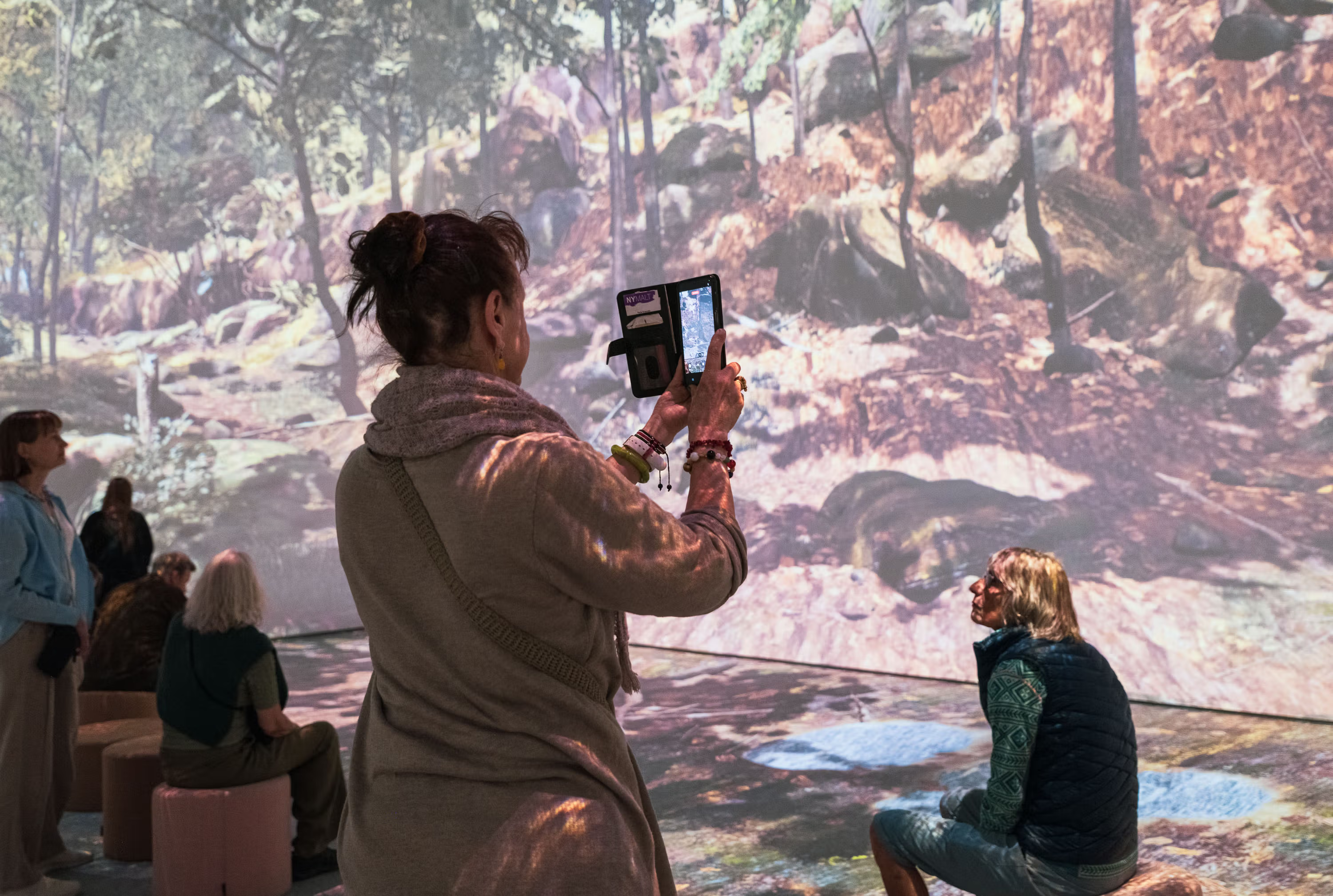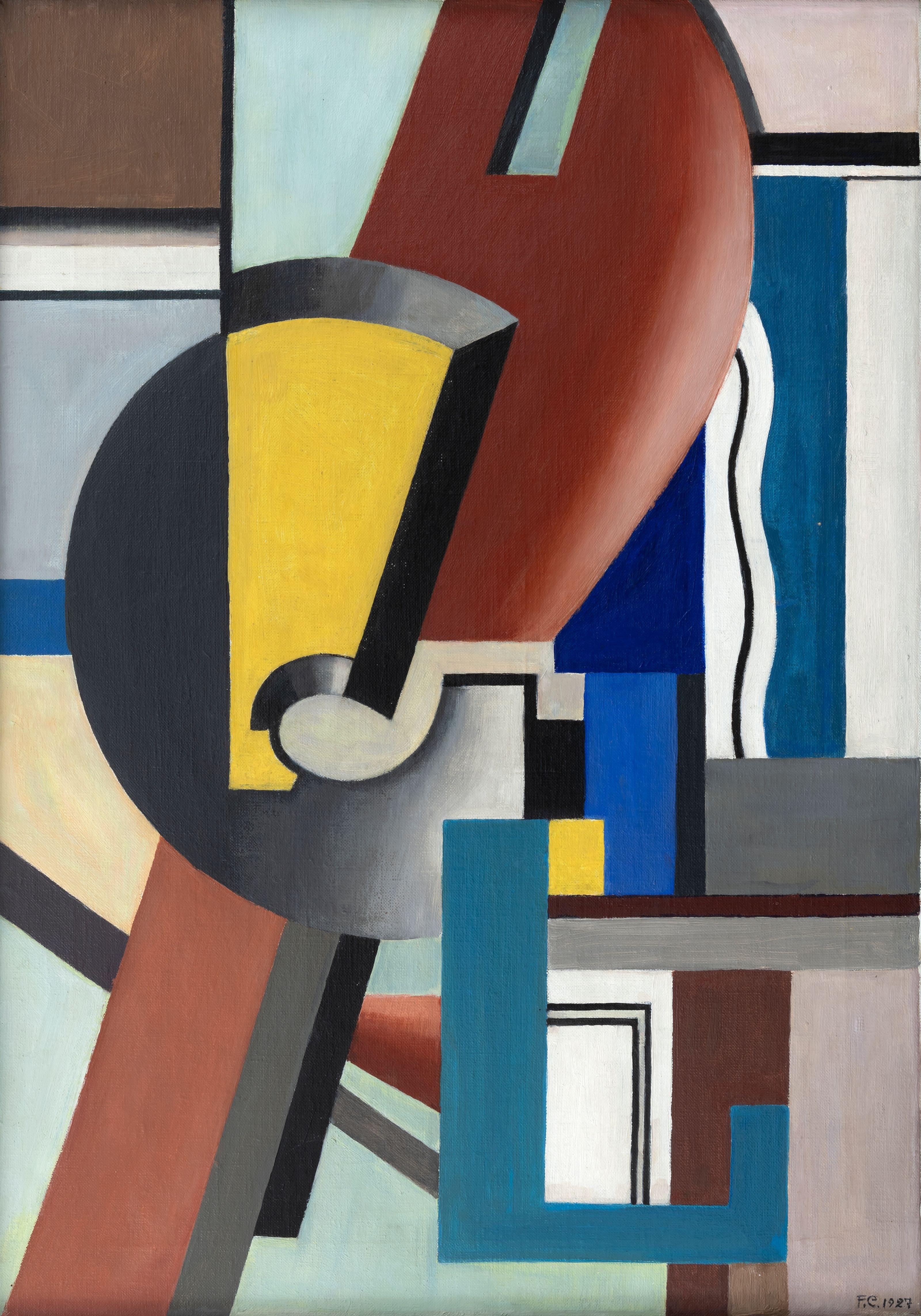Explore Kunstsilo, where art meets architecture and Nordic flavours await! Ready to immerse yourself in a world of art and creativity? Click now to plan your visit!

Exhibitions
Did you know that we offer guided tours every day?
And that you can book your own private tour – whether it’s for your company, a group of friends, or summer visitors?
This summer, we have a wide range of tours for guests of all ages.
A guided tour provides context and new ways of understanding the art. Get closer to the art!






Kunstsilo Channel
Immerse yourself in content brought to you by Kunstsilo. You will discover videos, digital stories, articles and more from the Kunstsilo universe.
Become a member today
Member benefits

Free access to Kunstsilo
As a member of Kunstsilo you will have access to the entire building and all of our exhibitions. You will also receive exclusive invitations to our exhibition openings and membership discounts in our shop and café..

Member discounts on our LIVE events
Kunstsilo will offer a diverse LIVE programme with multiple events throughout the year. Our members will get a minimum of 10% discount on all our LIVE events, and also receive different offers on some events.

Offers in shop and café
Our members will get offers and discounts in our shop and café.
Kunstsilo Live
Our live program is diverse and contains something for every taste, age group and interest.
